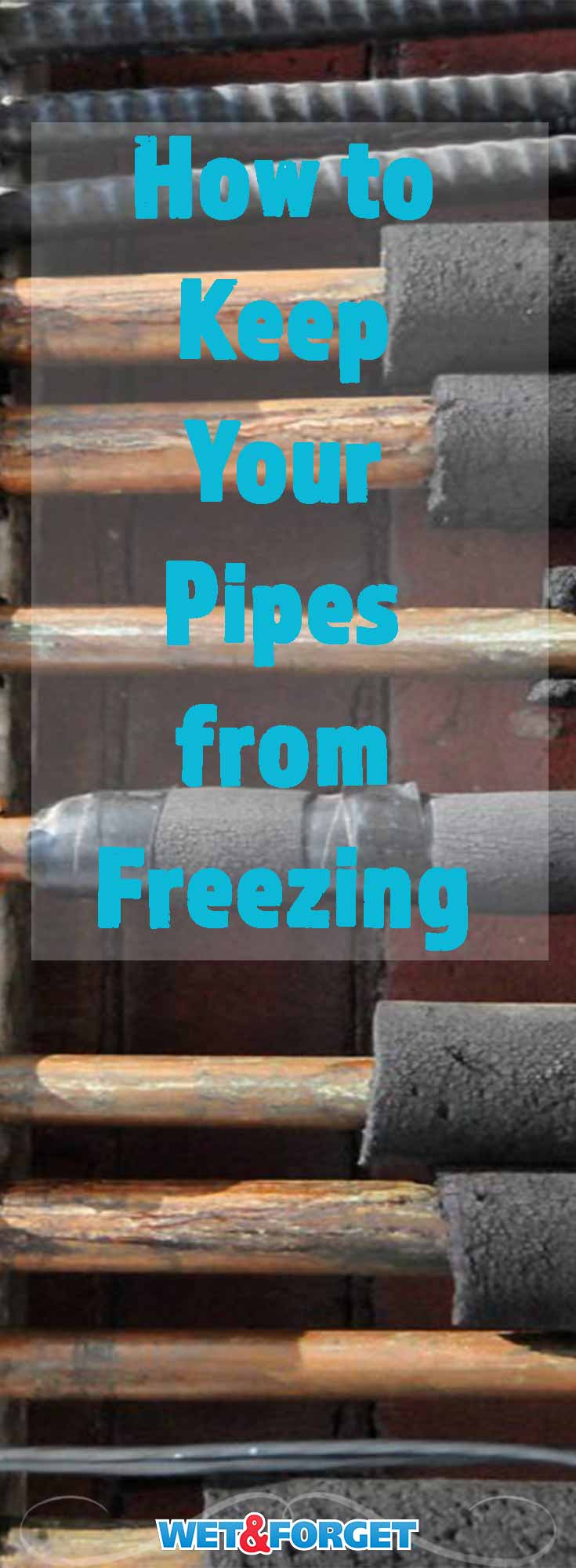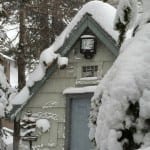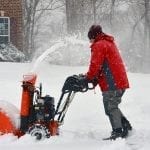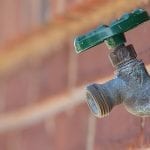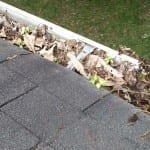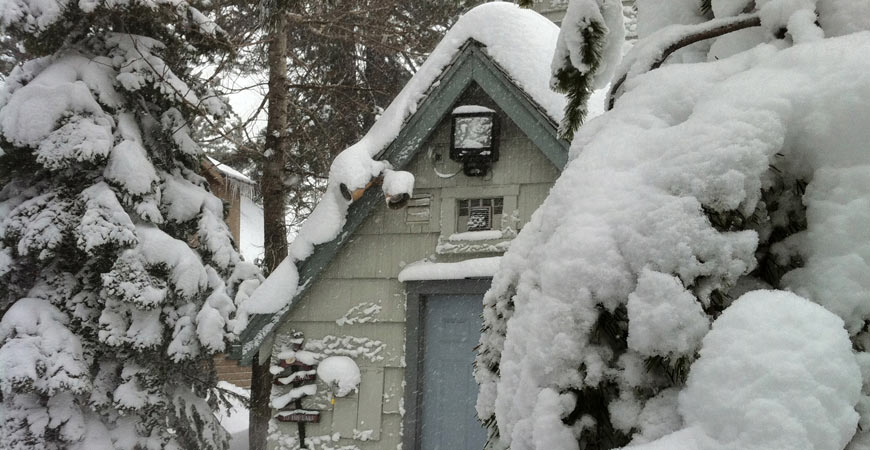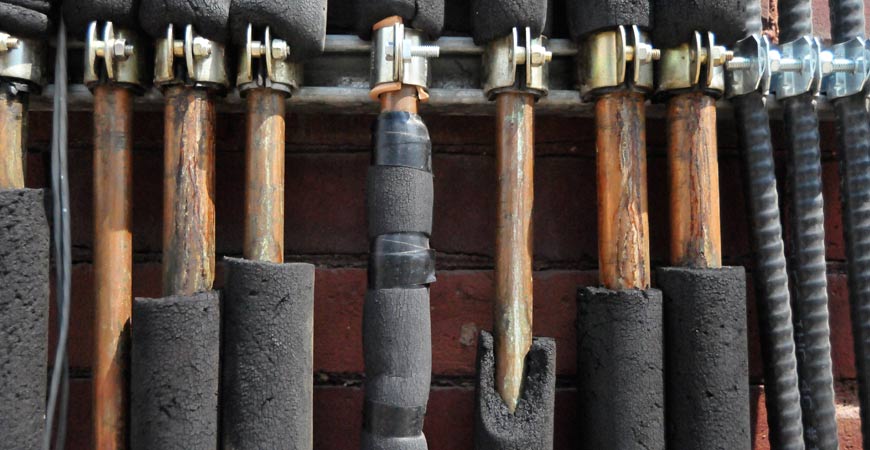
Tips on Protecting Plumbing Pipes from Freezing
Winter has arrived, bringing cold weather to many parts of the country and the potential for frozen pipes, water damage, and costly plumbing bills. Home Improvement expert Danny Lipford has some helpful tips on protecting plumbing pipes from freezing this winter and how to thaw them out if they do.
Winterize Outdoor Faucets
If your home isn’t equipped with frost-free hose bibbs that are designed to prevent freezing, now is the time to drain your outdoor faucets to keep the faucets and start protecting plumbing pipes from freezing.
Look for a shutoff valve in the water line leading to the outdoor faucets. Close the valve, then open the outside faucets to relieve water pressure in the pipes. If the shutoff valve has a bleeder drain, open it to allow the water to drain out of the pipes.
If there isn’t a way to turn off the water to your outdoor faucets, install insulating foam covers (available at home centers) over each faucet.
You should also disconnect and drain any garden hoses and store them in a garage or shed during freezing weather.
Insulate Exposed Pipes
Insulate any exposed hot and cold water lines in the crawlspace, attic, or an unheated basement by wrapping the pipes with foam pipe insulation. This will be protecting plumbing pipes from freezing.
Foam pipe insulation comes in six-foot lengths that are easy to cut to size with a utility knife or scissors. Open the precut slit in the side of the foam insulation, and slide the insulation over the pipes. Miter the insulation to fit tightly around any 90° bends in the pipe.
If you have exposed pipes that often freeze in the winter, consider wrapping them with UL-approved heat tape, which has a built-in thermostat to prevent overheating. Follow the instructions carefully to keep from causing a fire hazard.
Drain Lawn Irrigation System
If it’s not properly winterized, your lawn irrigation system can be damaged during freezing weather. If your sprinkler system doesn’t have automatic draining, you’ll need to drain it manually or hire a service.
To drain an irrigation system, start by closing the main sprinkler shutoff valve and then turn on the system to open the sprinkler valves and relieve the pressure in the lines. If you have drain valves at the lowest points in the lines, open them to allow the water in the lines to drain out.
If your system doesn’t have drain valves, blow the water out of the lines by attaching a low-pressure air compressor (50 PSI or less) to the irrigation system’s blow-out adaptor. Read the manual that came with the irrigation system to find out how and follow all safety guidelines.
Drip Faucets During Freezing Weather
When water in a pipe freezes, it expands as it turns to ice. This causes the water pressure downstream from the frozen section to increase up to 4000 PSI. This causes the pipe to burst.
To prevent this, drip the hot and cold water lines downstream from where a frozen pipe might occur. The moving water reduces the chance of the pipe freezing and relieves the pressure in the pipe if it does.
It’s also a good idea to open kitchen and bathroom cabinet doors where the plumbing is located if the pipes are on an exterior wall.
Thawing Frozen Pipes
If a pipe in your house does freeze, you may be able to thaw it out. However, keep in mind that any burst pipes will also need to be repaired.
Start by turning off the water to the pipe or the entire house, and open the faucets it serves. Next, slowly warm the pipe using a hair dryer, heat lamp, or heat tape. Don’t use a torch or open flame since excessive heat can damage plastic pipes. This can cause a fire hazard.
Distribute the heat evenly along the pipe, starting with the end near the faucet until the pipe has thawed. If you don’t see signs of a broken pipe, gradually turn the water back on while watching for leaks.
As an extra precaution, check your water meter when no water is being used in the house. If the meter turns, you have a leak that needs to be repaired.


